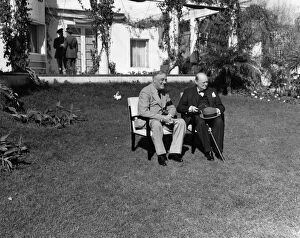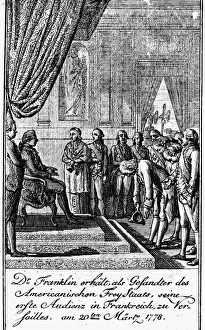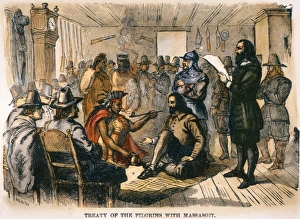Diplomacy Collection (page 25)
"Diplomacy: A Tapestry of History and Negotiation" Diplomacy, the art of negotiation and compromise, has shaped the course of history
All Professionally Made to Order for Quick Shipping
"Diplomacy: A Tapestry of History and Negotiation" Diplomacy, the art of negotiation and compromise, has shaped the course of history. From Lord Dufferin, the 8th Viceroy of India, fostering peace in a land teeming with diversity to Tsar Nicholas II and Kaiser Wilhelm II engaging in diplomatic talks amidst rising tensions, it has been instrumental in preventing conflicts. Even explorers like Fridtjof Nansen recognized its significance as they ventured into uncharted territories. The Congress of Vienna (1814-1815) stands as an engraving etched with diplomats from across Europe redrawing boundaries after years of war. It symbolizes how they are restore stability even in times of chaos. In the Revolutionary War, Americans skillfully gained French alliance through diplomatic channels, proving that words can be mightier than swords. However, diplomacy is not always serious; it can also take on a humorous tone as seen in the "ANTI-RUSSIAN MAP" - a satirical Diplomatic Atlas poking fun at European politics. The Russo-Japanese treaty signed at Portsmouth NH (1905) showcased how diplomacy could end wars and bring about peaceful resolutions. Similarly, King Charles II granting a charter to Connecticut colonists exemplifies how diplomatic agreements laid foundations for new nations. One cannot forget iconic moments like Winston Churchill, Franklin D. Roosevelt, and Joseph Stalin meeting at the Yalta Conference during World War II. This photograph captures leaders standing side by side discussing post-war plans – demonstrating that diplomacy plays an essential role not only during conflicts but also in shaping future relationships between nations. Throughout history's tapestry woven with threads of negotiations and compromises lies one constant: diplomacy's power to bridge divides and forge alliances for a better world.
















































